If You Can Hold This Simple Stretch for 30 Seconds at 45+, Your Mobility Is Elite
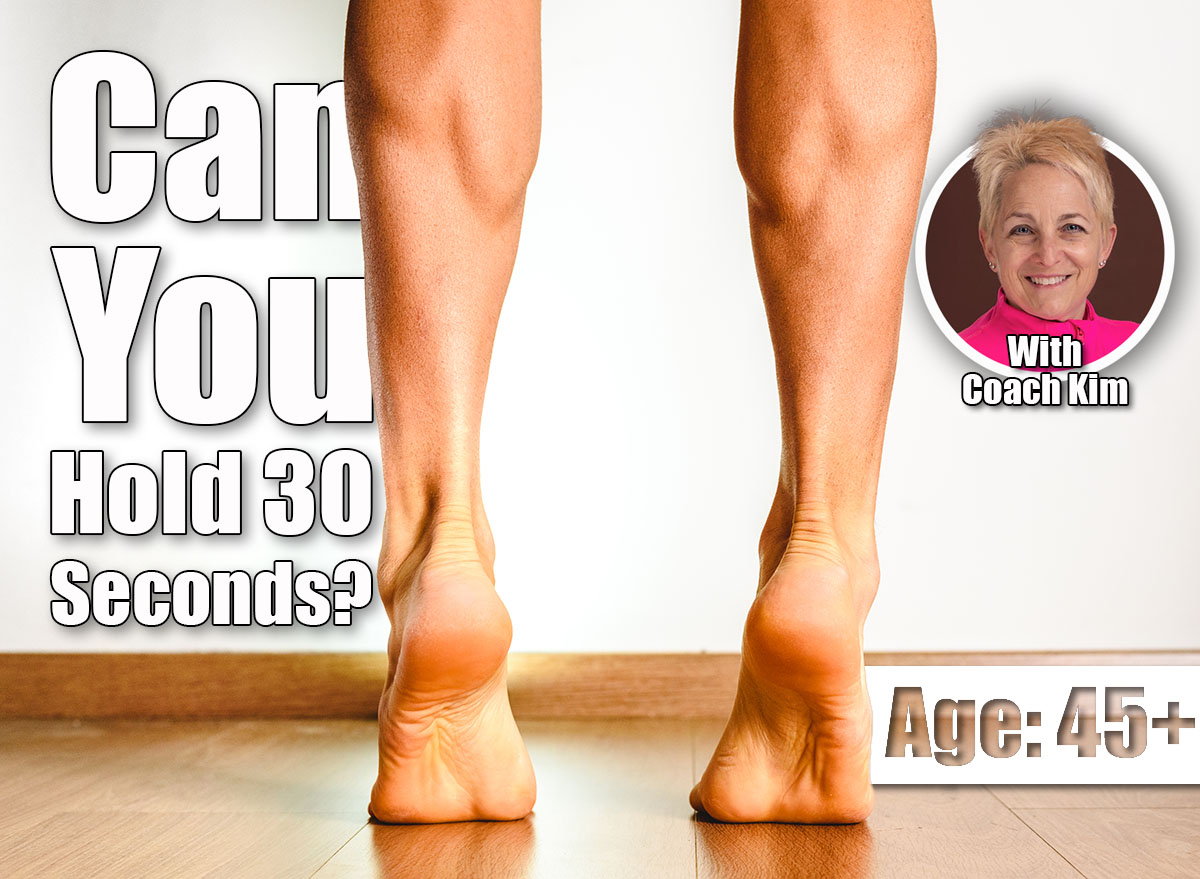
Getting out of bed feels a little stiffer than it used to. Your ankles crack when you walk down the stairs. That effortless flexibility you once took for granted seems like a distant memory. As we age, our bodies naturally lose hydration and mobility, but there’s one simple test that reveals whether you’re aging gracefully or falling behind your peers. This 30-second mobility challenge will show you exactly where you stand—and give you a clear path to improvement.
What’s Really Happening to Your Body After 45

As we age, we tend to lose overall flexibility thanks to the aging process. One anatomist describes aging as the process of drying up. It’s up to each of us to decrease that loss of hydration through our activities and diet. As a STOTT PILATES instructor, I work with many older clients, and we spend a great deal of time mobilizing their spines, hips, and shoulders.
Overall flexibility or mobility is influenced by many factors, including what we consume and how we move. If we consume healthy foods and beverages such as fresh vegetables, fruits, and water, it helps hydrate our tissues. It also helps to move often in a variety of ways and patterns to keep our tissues hydrated through movement.
Contrast that with a diet of processed, fatty foods and soda with not a lot of movement throughout the day, and you’ll see that person’s tissues will be more brittle and less pliable. When we are young (20s and younger), our bodies are adapting, naturally hydrated, and can easily manage less-than-ideal choices. Into and beyond our 30s (sorry, it really does start that young) is where our body starts to say, That’s enough! and sends subtle — and not so subtle — signals we should change something.
Decreased flexibility in our movements is one of the early, subtle signs. Fortunately, the human body is highly adaptable, and through positive interventions in both diet and movement, we can alter the course and slow down that dehydrating process.
Why Your Feet Hold the Key to Your Entire Body
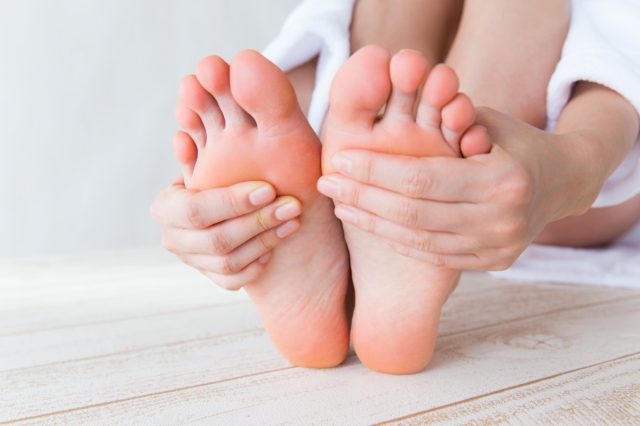
One key area where many people lose mobility, even in their 30s, is their feet. Our feet and toes are magical body parts thought to have as many sensory nerves as our genitalia. Our feet are the only contact we have with the ground. Our feet interpret lots of information as we move through life: temperature, slippery, even or uneven, hard or soft, etc.
The body adapts to all these inputs in nanoseconds for the body to respond to the inputs from our feet and walk safely. Thanks to a life spent in rigid shoes (think wingtips or stilettos), our feet lose their responsiveness and mobility. Regardless of the sensory nerves that are blunted due to the muffling of the ground through shoes and socks, we are also blocking the natural movements of the foot and their ability to adapt to the ground and translate those needs up the chain.
A lack of ankle dorsiflexion and a stiff first ray (big toe and its immediate joints in the foot) can cause a forward head posture or upper thoracic kyphosis (excessive roundness in the upper spine). Simply put, keep your feet moving well, and the rest of the body also should move well… or at least it allows your body the opportunity to move well!
Why Good Mobility Could Save Your Life
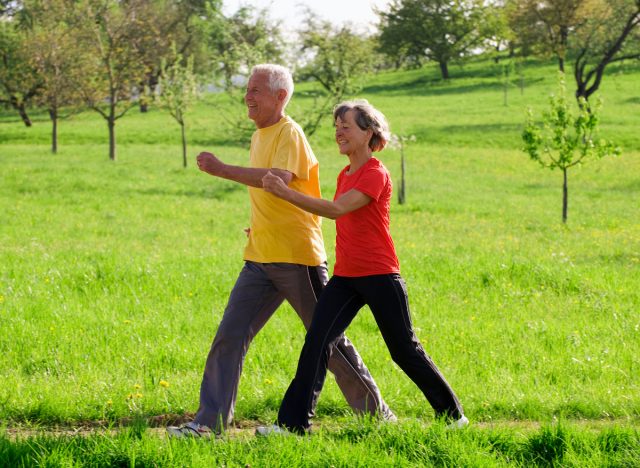
Life is about moving. The human body was designed for movement. The more we move in different directions, the more mobility we can have. Many people have a risk of falling due to a loss of mobility somewhere in the body. According to the U.S. Centers for Disease Control & Prevention (CDC), falls are the leading cause of injury-related death among adults ages 65 and older, and the fall death rate is increasing.
By improving our movement, which benefits balance, we can decrease the rate of falls, thus leading to improved longevity. The first parts of the body to sense a slip or fall are the ankle and upper cervical spine. The better our feet and ankles can adapt, the better we can respond to a slip or fall.
Why This Simple Test Reveals Everything About Your Mobility
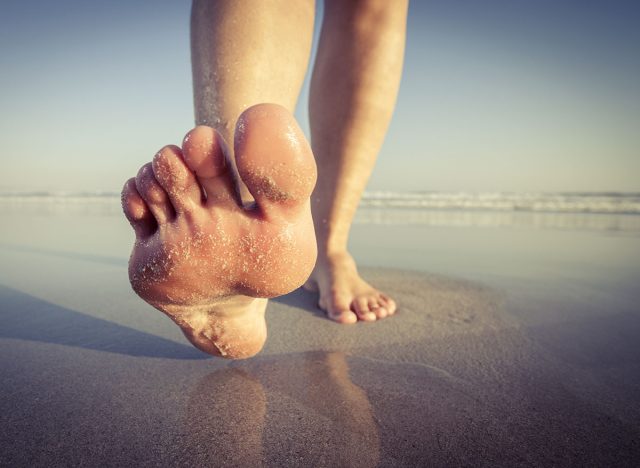
With our feet being our only point of contact with the ground, we need our feet to be adaptable AND strong. Many balance issues result from imbalances in the foot. Looking elsewhere in the body, movement in our feet impacts how our hips, pelvis, and spine respond.
For efficient gait, we don’t need a large range of motion from any of our joints. The largest range of motion required is from the big toe: 60° of extension. Without this available range of motion, something else needs to adapt or change. This generally causes compensations through the body, which lead to pain and lack of mobility.
By working toward a mobile foot, especially the big toe, those 10,000 steps each day help us move through life more efficiently and hopefully pain-free. Working with clients, I watch their feet as part of an assessment. When I notice a lack of foot or ankle mobility, we get to work improving the hips and the feet together. As foot and big toe mobility improve, other movements improve as well.
Going to excess for big toe mobility can also cause issues. We want to be sure the foot is sufficiently mobile and sufficiently strong. The magical foot needs to be both mobile and strong in quick succession in every step we take. Mobility is the Yin to the Yang of strength … the body – including the foot – needs both in balance.
The 30-Second Mobility Stretch Test
This movement is less stretch and more of a movement screen. Here’s how to test your mobility:
Step 1: Test Your Big Toe Mobility
- Sit down and cross one leg over the other like a figure-four stretch
- Hold the ball of your foot with the opposite hand
- Hold the big toe in the same-side hand
- Lift the big toe away from the sole of the foot as far as possible
- Ask yourself: Does it move at all?
Step 2: Ground Test
- Place your foot on the floor while seated
- Try to lift just the big toe with your fingers
- Repeat while standing
- If your big toe doesn’t lift off the ground very far, it’s time to work to mobilize your foot!
Step 3: The Elite Challenge
If you have good big toe mobility, let’s take it to the next level:
- Stand tall with your ankles, knees, pelvis, spine, and head in good alignment
- Lift both heels off the ground without shifting your weight forward
- Lift straight up!
- Hold this position for 30 seconds without holding onto anything
- When you lower back down, SLOWLY return the heels to work the lengthening phase of the heel raise
- The real gains are made through that lengthening phase!
Note: When doing this on a pilates reformer, be sure to do the work yourself; don’t rely on the springs!
What Your Results Really Mean
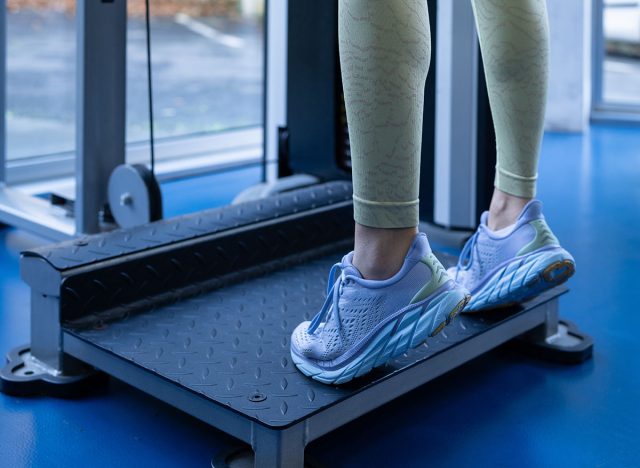
If someone can hold a heel raise for 30 seconds without holding on, they have strong feet, strong ankles, and a reasonably strong core. If they can do it for 30 seconds on ONE foot, that is stellar!
Most people over age 45 typically do not have the foot and ankle mobility, foot and ankle strength, or overall proper body alignment/core strength to hold a heel raise for very long without a loss of lift height or shift in overall body alignment.
How to Improve If You Can’t Hit 30 Seconds
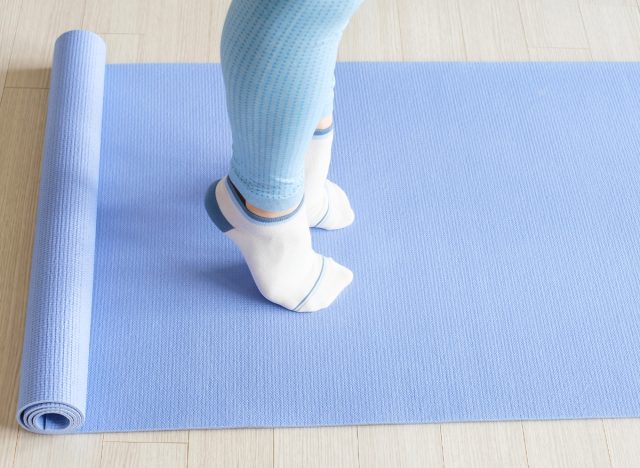
First, check the mobility of the big toe into extension. Then, check the available motion in the rest of the foot. This step is more complex than you may believe, so the available big toe extension is a good start.
Seated heel raises ensuring the ball of the foot is evenly weighted from big toe through pinkie toe can help. It’s also worthwhile to see how well the person is able to align their body from foot through head in a heel raise and other positions. A good pilates instructor can help with that!
Your Path to Elite Mobility

Big toe mobility is something that can be done daily … it’s good to start and end the day mobilizing the feet. The heel raise is something to build up to, starting with a shorter hold, minimum 5 seconds, and build from there. Remember, no holding on and ensure the body propels upward, not forward.
With dedication, it’s conceivable to see improvement within weeks, assuming there are no complicating factors such as bunions or other foot/ankle afflictions.